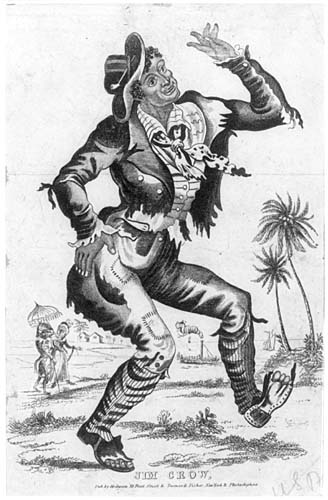Venue Type & Location
Tavern
Overview
Beth Marquis
Troupes at Britannia Saloon
| Film | Affiliated people | Film Type | # of event(s) |
|---|---|---|---|
| Aldridge, Ira | Aldridge, Ira | Dramatic | Definite Aldridge, Ira |
| White Slave Troupe (London-Britannia,1850) | Dramatic | Definite White Slave Troupe (London-Britannia,1850) |
Events at Britannia Saloon
| Event | Date | Venue Location | Film |
|---|---|---|---|
| Dramatic | - | London, London (city-county) | Aldridge, Ira |
| Dramatic | - | London, London (city-county) | Aldridge, Ira |
| Dramatic | - | London, London (city-county) | Aldridge, Ira |
| Dramatic | - | London, London (city-county) | Aldridge, Ira |
| Dramatic | - | London, London (city-county) | Aldridge, Ira |
| Dramatic | - | London, London (city-county) | White Slave Troupe (London-Britannia,1850) |
Bibliographic Sources
- Iowa City: University of Iowa Press, 2001
- Leipsic: Karl Baedeker, 1885
”BRITANNIA THEATRE, Hoxton Street, in the N.E. of London, holding nearly 3400 persons. Melodramas” (140).
- London: Longmans, Green, Reader, and Dyer, 1868
“BRITANNIA THEATRE, High-street, Hoxton, was commenced building soon after the destruction by fire, of the Rosemary Branch Equestrian Theatre, Islington Fields, July 27 1853, when seven horses and eleven dogs were burnt. The Britannia (Finch and Paraire, architects), is provided with promenades and refreshment saloons. The auditory is very spacious, and elegantly decorated. The pit is nearly 80 feet wide and [number obscured] feet deep. The stage is 76 feet wide by 50 feet deep; opening at proscenium [number obscured]4 feet wide by 37 feet high. The house is effectively ventilated by openings left in ornamental portions of the ceiling, in immediate communication with the internal area of the roof, and thence with the open air, by means of louvres extending from one extremity of the building to the other. The provisions against fire are well planned, and the extent of the theatre is considerable” (781).
Also gives the theatre’s capacity (in 1866) as 2400 (789) - London: H.G. Clarke & Co., 1851
“BRITANNIA SALOON, 188, High Street, Hoxton. The entertainments here, are a very inferior kind of melo-dramatic performance. Lessee, Mr. S. Lane. Doors open at six o’clock; performances commence at half-past six. Admission: stage boxes, one shilling and sixpence; boxes, one shilling; pit, sixpence; lower gallery, fourpence; upper gallery, threepence” (222).
- (Under Entertainment and Recreation - Theatre - Music Hall - Halls - Britannia Theatre)
- Public Record Office (now National Archives), Lord Chamberlain's Collection Police Rport, N. Division, July 12, 1847:
a Police Inspector Pascoe has reported “that a great many respectable Tradesman & Mechanics with their wives and children, generally frequented the Boxes there, the Galleries being frequented by the lower classes of both sexes from the age of 12 years an upwards; Children under the age of 12 years are generally accompanied by their parents or friends.
Inspector Pascoe also states, that he never saw boys smoking short pipes in the Saloon, accompanied by girls of the lowest order, nor did he eve observe any of them intoxicated; Smoking is strictly prohibited in the Saloon, and any parties misconducting themselves are immediately expelled by the Officers belonging to the Establishment […] J. Johnston.- Superintendent” - Public Record Office (now National Archives), Lord Chamberlain's Collection Police Report, N. Division, Sept. 20, 1844:
There is still a worse place than this in that part of my Division, namely the Brittannia [sic] Saloon, Hoxton, Old Town, the price of admission to which is from 2 to 3 and 6 for the Boxes. This place is [?] by the very lowest grade of both sex, by water-cress girls, [?] Store and Watch Boys and Girls from about 10 to 16 years of age. There can be no doubt that this place is calculated to corrupt the morals of the growing youths in that low and thickly populated nieghbourhood to a great extent. (signed) J. Johnstone, Superintendent”.
- London: The Library Association, 1970p32.

